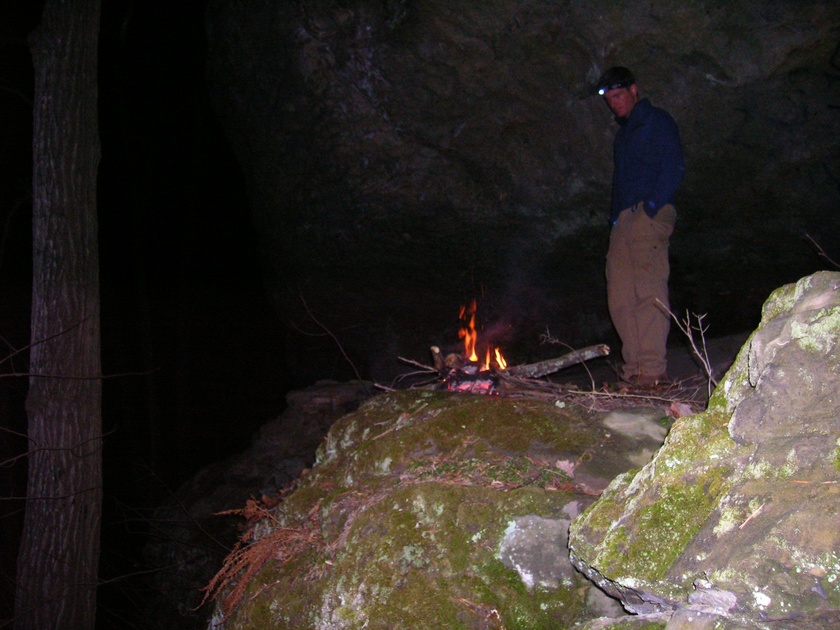
By The Practical Woodsman
I’m big on fire.
Not in the pyromaniac sense, so no need to hide the matches. But when it comes to my experiences in the wilderness (which I use as my standard template for how to prepare for a typical ‘survival’ scenario), fire is at the top of my list.
If you want to know why, find yourself a dependable method for starting fire, and go lose yourself somewhere deep in the woods for two or three days some weekend, just for fun - just to measure the importance of fire. When you go on this trip, here is what I do not want you to take along:
-
No water purification aids of any kind
-
No miniature stoves or fuel of any kind
-
No flashlights of any kind, which means you’re giving up your mobile phone for a few days
-
No firearms of any kind
-
No knife
-
No emergency signaling devices of any kind
-
No soap
-
No writing utensils, such as markers, pens or pencils
-
No anti-diarrhea medicines
-
No products of any kind for repelling mosquitos and other biting bugs
-
No sleeping bags, coats, blankets, or gloves
You’re going to get out there and start feeling pretty vulnerable, especially as night starts to set. “What has this whacko gotten me into?” you’ll think.
But then you’ll remember that for everything I took away from you, I gave you fire.
You’ll boil your water and it will be safe. You’ll be able to heat up, or cook whatever food you’ve taken along, as well as prepare teas and coffee.
Every night you’re out there you’ll have light to see by, as well as ‘caveman entertainment’ to sit and watch.
Despite having no firearms or cutting tools, you’ll feel a great measure of security from wild animals who will want nothing to do with your fire and will steer clear.
You’ll have the comfort of knowing you can easily use your fire as a signaling technique, both day or night.
You can ‘bathe’ yourself in the smoke coming off your fire, as this has antibacterial and antimicrobial benefits.
You can take charcoal from the fire and use this to write on practically any surface, in case there’s a need to travel, and leave messages for those searching for you.
If you get an upset stomach, you can consume the charcoal to control your diarrhea effectively.
You won’t be bothered by mosquitos, practically at all, since fire and smoke is probably the most effective way of all ways to repel them.
And finally, as the temperature drops, you’ll be very comfortable and pleased to lay your sleeping mat up close to the fire and enjoy the warmth.
Now, I haven’t sat around thinking about this. These were things I pulled off the top of my head in less than a minute. Undoubtedly, if I sat around thinking about it for any length of time, I could come up with many more things to have you leave at home for this experiment. But I hope my point is clear that fire is very, very important.
My other two items, for the similar reason that they serve multiple purposes, would be:
-
A method for carrying water and cooking. So, a water bottle/cooking mug combo.
-
A single-tang woodman’s knife, with nothing less than a 4-inch blade.
















